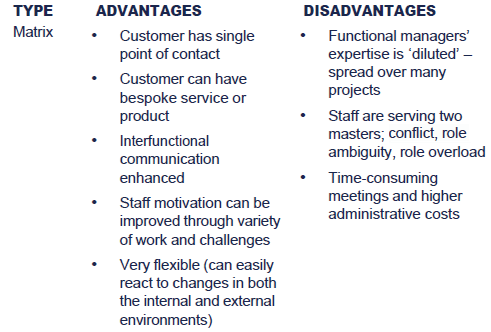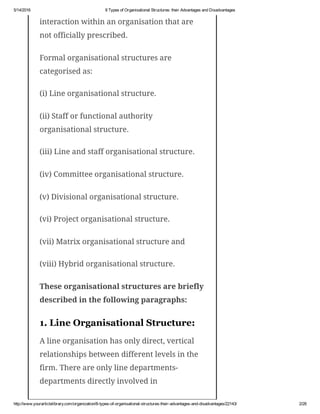A decentralised structure refers to a type of organizational design in which decision-making and authority are distributed among various levels of the organization, rather than being concentrated at the top. This approach can offer a number of benefits, but it also has some potential drawbacks that organizations should consider.
One of the main advantages of a decentralised structure is that it allows for greater flexibility and adaptability. Because decision-making is distributed throughout the organization, it can be easier to respond to local needs and conditions. This can be especially useful in large, complex organizations that operate in diverse environments, as it allows for more tailored and effective responses to local challenges and opportunities.
Another advantage of a decentralised structure is that it can foster greater innovation and creativity. By empowering employees at all levels of the organization to make decisions and take initiative, a decentralised structure can create a culture of experimentation and risk-taking that can lead to new ideas and solutions. This can be especially beneficial in fast-changing industries, where organizations need to be able to adapt and innovate quickly to stay competitive.
A decentralised structure can also help to promote employee engagement and motivation. By giving employees more control and autonomy in their work, a decentralised structure can create a sense of ownership and responsibility that can lead to higher levels of commitment and productivity.
However, there are also some potential drawbacks to a decentralised structure. One challenge is that it can be difficult to coordinate and integrate the activities of different units and departments. Without central control, there is a risk of duplication of effort or conflicting priorities, which can lead to inefficiencies and conflicts.
Another disadvantage of a decentralised structure is that it can be more difficult to hold employees accountable for their performance. Without a clear chain of command, it can be challenging to determine who is responsible for specific outcomes, which can make it difficult to identify and address underperformance.
In summary, a decentralised structure can offer a number of benefits, including greater flexibility and adaptability, innovation and creativity, and employee engagement. However, it also has some potential drawbacks, including coordination challenges and difficulty holding employees accountable for their performance. Organizations should carefully consider the advantages and disadvantages of a decentralised structure when deciding on the most appropriate organizational design for their needs.









